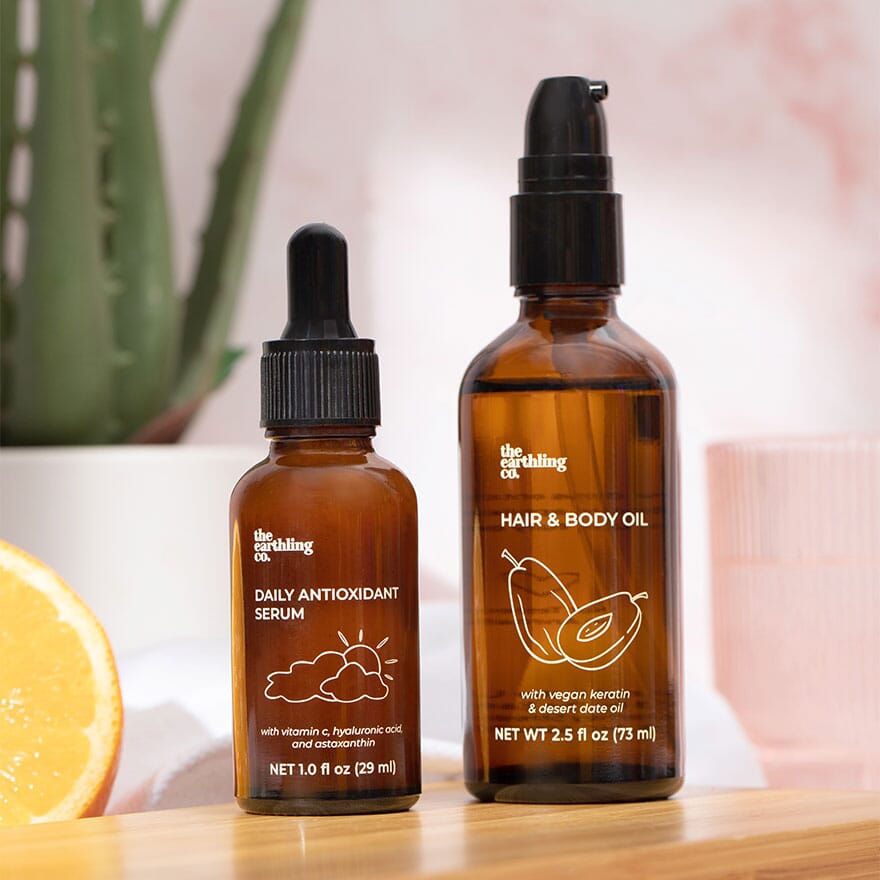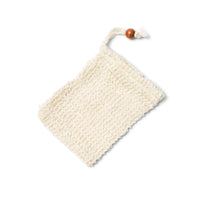
Did you know glass is one of few 100% recyclable materials, and it’s infinitely recyclable? That’s right: glass can be recycled over and over again without losing its quality. Glass is made from three natural materials: limestone, sand, and soda ash. So, by using recycled glass, you are saving on these raw materials, too. In fact, over 12 million tons of raw materials are saved by glass recycling every year.
We use glass in most of our products that aren’t package-free for this very reason. But we often get questions about how to recycle glass, or even how to reuse these glass containers. Let’s get into the benefits of recycling glass and how you can recycle (most of) your glass items.
The Current Status of Glass Recycling in America
Glass alone makes up 5% of garbage in America. Because glass is infinitely recyclable, this amounts to a significant loss of recycling. As of 2018, only 34% of glass is recycled in the US, whereas 74% is recycled in Europe! Just over 3 million tons of glass were recycled in 2018, whereas over 7 million tons ended up in landfills. Not only is that an obvious waste, but glass also takes up significant real estate in landfills, increasing the overall footprint of landfills across the country.
According to a survey done by Unilever, over half of Americans know that personal care products are recyclable, but only 34% take the extra step to put them in the bin. There’s clearly a missed opportunity here.
Cullet, the term for glass recycling, helps reduce energy costs and requires less energy to melt than raw materials do. This means recycled glass is easier and more efficient to recycle than newly produced glass is. Cullet also requires less water for glass manufacturing. All of this makes it all the more important to recycle your glass.

What Kinds of Glass Can Be Recycled?
The first (and most important) step to take when it comes to glass recycling is to check your local municipality’s recycling policies. It’s a little bit different everywhere, and it’s more important to be accurate than wishful in your recycling efforts.
Here are the most common types of glass that can be recycled:
- Bottles of any color (soft drinks, water, wine, beer, spirits, food sauces, oils)
- Jars of any color (food, jam, sauces, condiments, baby food, etc.)
- Cosmetics and perfume containers
- Pharmaceutical packaging or vials
After being collected, glass is sent to recycling facilities, where it gets crushed and melted into cullet. Because of the melting process, glass has to be purified and clean from any contamination before it is melted with other glass.
That’s why you sometimes have to separate your glass by color, or why it’s important to remove labels before recycling glass. Here is a video on the easiest way to remove labels from jars. Lucky for you, our labels are screen printed directly on our bottles, so you don't have to go through the trouble of removing them. When they're recycled, the labels melt down with and into the glass making them 100% recyclable.
Glass that can’t be recycled includes:
- Glass cookware (like Pyrex dishes) – This glass is typically made from borosilicate, which is designed to withstand temperature changes, and thus won’t melt properly in the recycling process.
- Light bulbs – Bulbs are often coated with certain substances and may contain metal, which can cause issues when melted with other types of glass.
- Window glass – This glass is usually treated with something to make it tougher, and thus needs to be processed separately.
- Drinking glasses – Some drinking glasses have mixed materials, so it’s best to check what they’re made of before putting them in your recycling.
- Other items like mirrors, eyeglasses, crystal glass, and vases.
When dealing with glass items that can’t be recycled, it’s smart to first check with your local municipality for guidelines. You may be able to donate the items or might find a special recycling center that will accept these other types of glass.
How to Reuse Glass Bottles
In addition to recycling your glass items, reusing them is simple due to how sturdy and practical glass containers are! Here’s a helpful video on what to do with beauty empties. Some of our favorite ways to reuse glass include:
- Travel-size containers
- DIY sprays or oils containers
- Storage
- Decoration
- Unique-sized drinking glasses
- Vases or propagating plants
- Replacement for broken plastic bottles
Glass recycling ultimately comes down to education and intention. Knowing what kind of glass you can recycle and actually recycling it truly makes a difference. Think of it this way: the glass you are recycling may already be one hundred years old and could remain in use for another hundred years. That’s pretty gratifying for a relatively small gesture.





